Find the ideal soil for monstera plants in this complete guide. We’ll be sharing the soil types you can use for monsteras, signs that you’re using the wrong soil, and easy-to-do potting soil recipes!
What is the best soil to use for monstera plants?
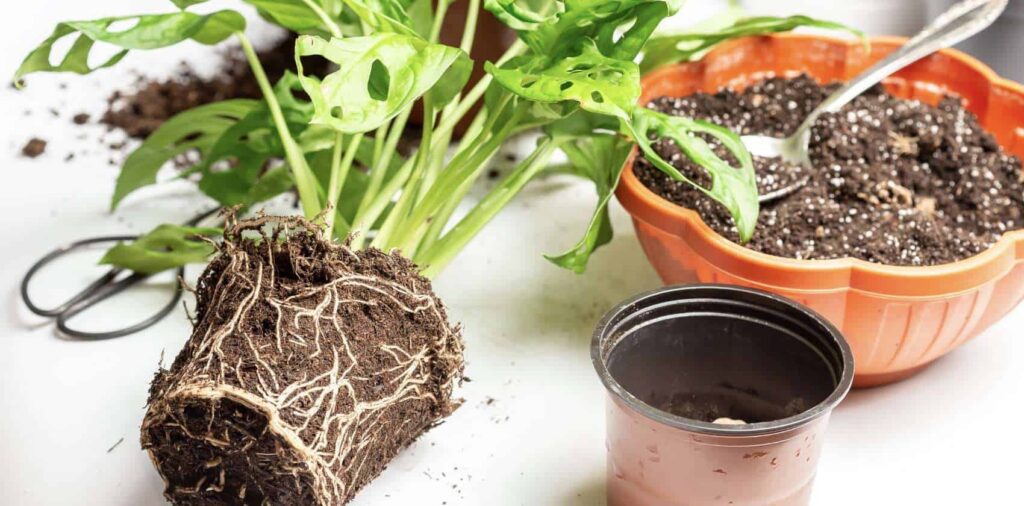

The best soil to use for monstera plants is one that is rich, fertile, and well-draining so the plant will get all its needed nutrients and dry out at a fair rate.
To make this soil medium, mix 1/2 potting soil with 1/2 coconut fiber, and a handful of perlite or coco chips. Use this whenever you grow, repot, or propagate the monstera plant.
What does the monstera need in potting soil?


Monsteras need soil with good drainage, consistent moisture, aeration, and ample essential nutrients.
Monstera needs good drainage
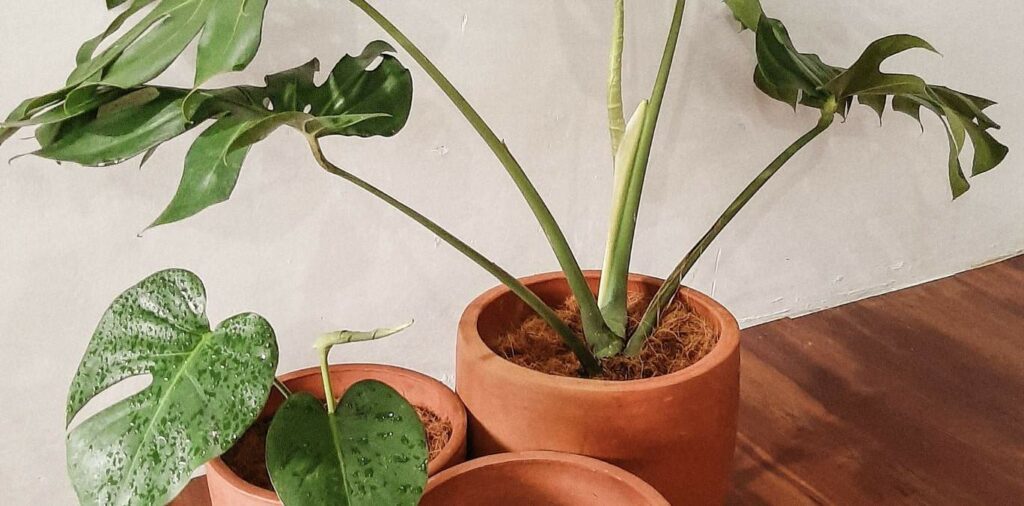

In their wild habitat, monsteras are used to having topsoil that dries quickly. If the soil is compact and heavy, the water will stay trapped, leading to rotten roots and fungal disease.
For the monstera to grow at its best, this soil condition has to be imitated. The potting soil needs to be well-draining or dry out at a moderate rate through air-drying and water filtering out of the pot’s drainage holes.
How can I improve soil drainage?
A quick solution for improving soil drainage is to add sand or lightweight expanded clay aggregate (Leca) to the soil. This should soften the current soil texture and allow the water to flow down with ease to the ground.
Monstera needs consistent moisture
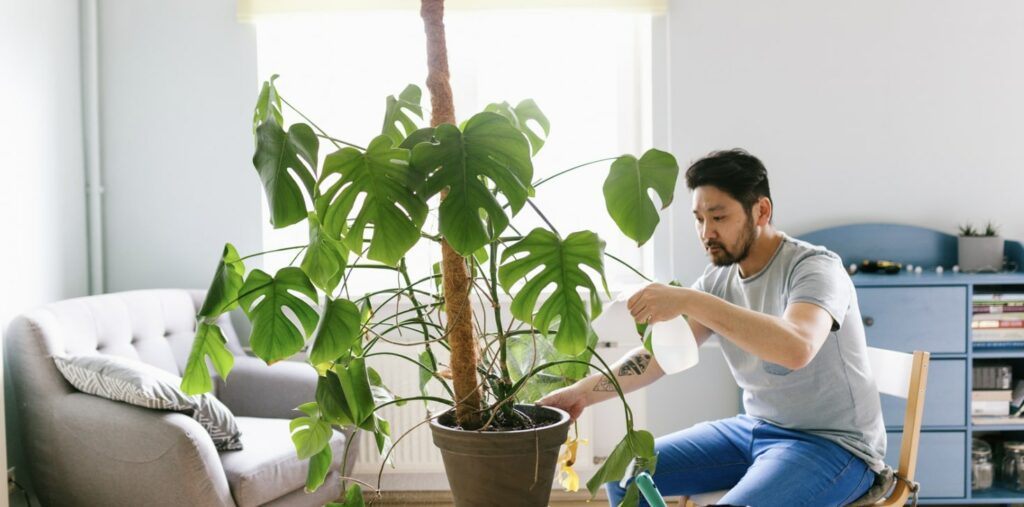

Like any plant, monsteras need to receive moisture from the air and from regular watering.
How much water should you give a monstera plant?
Water your monstera plant until the soil is lightly moist. Watering this plant every one to two weeks is sufficient for it.
Keep in mind, their soil has to be allowed to dry out before they are watered again.
In warmer weather, water it more, and reduce watering in colder weather.
How to Make Your Soil Retain More Water
Amend the current soil with peat moss or Leca stones to aid its moisture retention.
You can also lay mulch 2 to 3 inches away from the plant’s stems in mid to late spring to help the soil warm up after the winter.
Furthermore, setting the thermostat or humidifier to 50 percent relative humidity or spraying the vines and leaves with water helps to keep the plants slightly moist in warmer months.
Monstera needs aeration
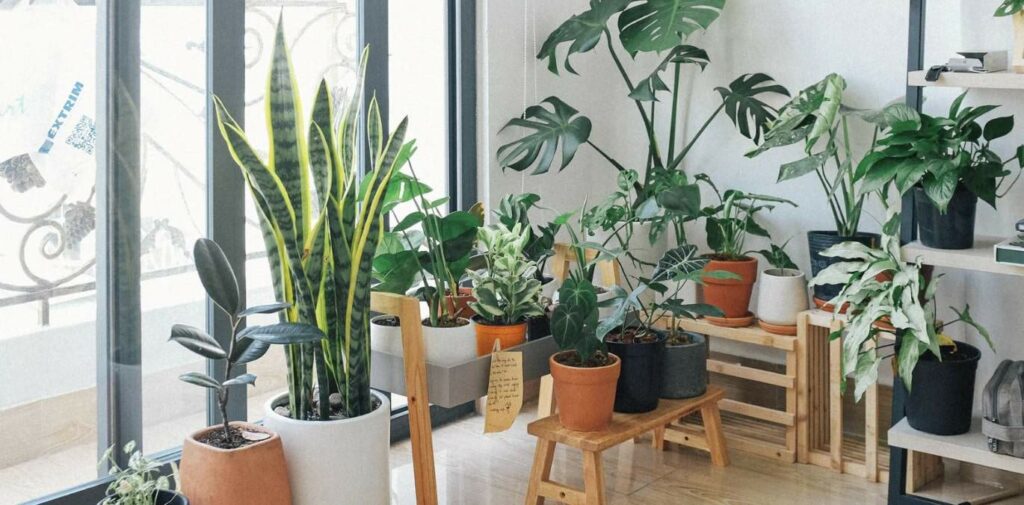

Without proper aeration, the monstera plant won’t be able to breathe or take in air through its roots and convert it into food and energy to survive.
If a plant lacks aeration, it will show in the form of brown and soft roots as opposed to being white or tan and firm.
How can I improve soil aeration?
To improve soil aeration, you can mix two handfuls of orchid or pine bark into the current soil.
Besides enhancing soil aeration, these small particles will provide the plant with more nutrients and give the soil better drainage.
Monstera needs to get essential nutrients
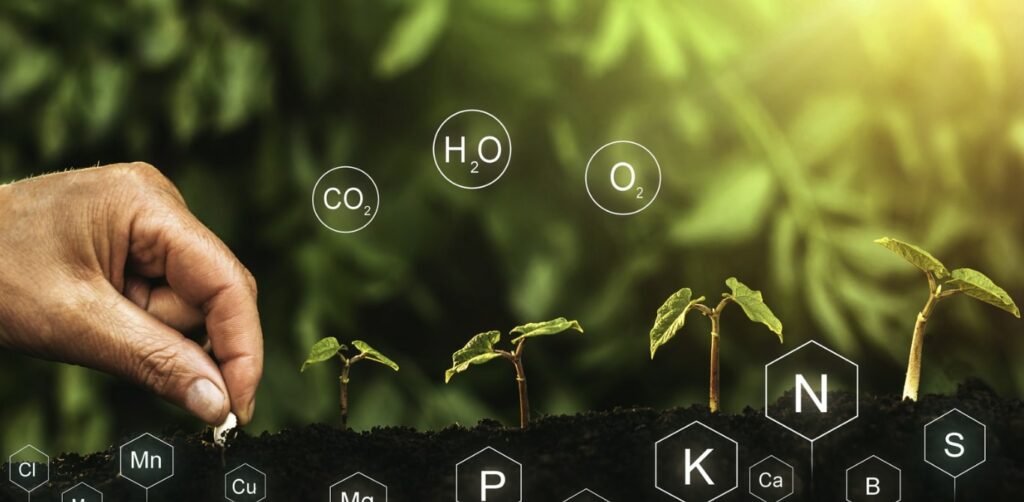

Monsteras grow to a massive size with large, ornate, and deep-green leaves. But to be able to do that, they have to be given essential nutrients which come from the soil.
If they’re not provided ample nutrients due to the wrong soil or irregular watering, then the plant can weaken and have drooping or yellowing leaves.
How do I provide the monstera with key nutrients?
To give monsteras their needed nutrients, keep the soil pH a bit acidic, amend the soil with peat moss, and add fertilizer once or twice a month during the spring or summer growing season.
What is the preferred soil pH value of monsteras?
The preferred soil pH of monsteras is lightly acidic to neutral within 5.5 to 7.0 of the pH scale. Having the correct pH allows the plant to absorb the most nutrients and chemicals through the soil.
Does Monstera like damp soil?
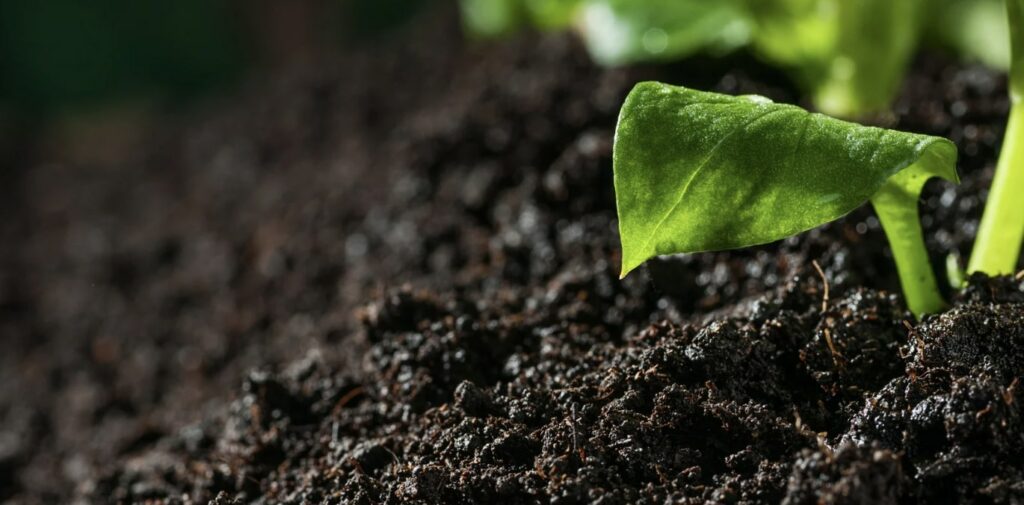

Monstera plants only prefer lightly damp soil that’s not wet or sodden. The soil has to dry out a bit before being watered again.
Make sure to only water the monstera plant every one to two weeks. In warm and dry spells, watering the plant more frequently is advisable.
And for best results, use filtered water. Tap water has chlorine, which can eliminate the good bacteria that the monstera plant needs to grow well.
What are the signs of poor soil?


The signs of poor soil are
- Drooping leaves
- Yellowing leaves
- Black or dark brown spots on the leaves
The plant’s leaves are drooping
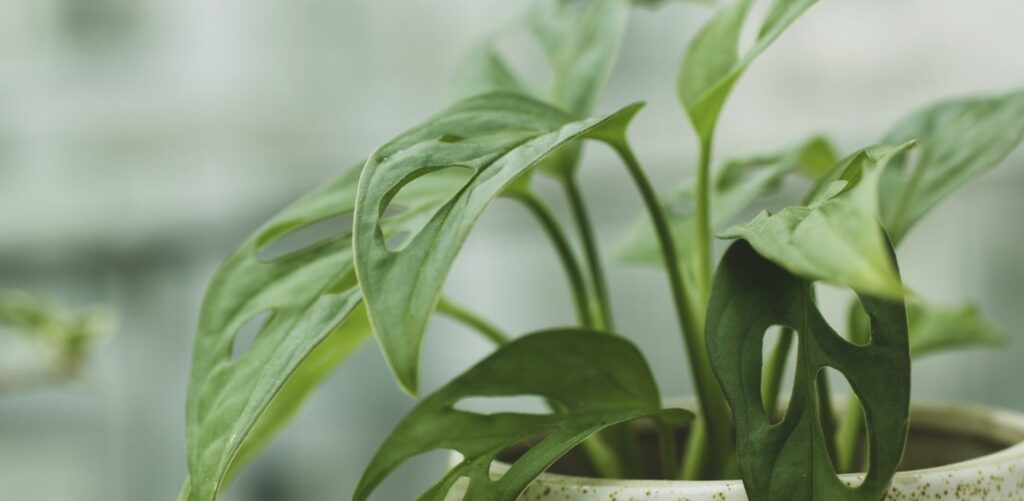

Drooping leaves are most often caused by insufficient water, and insufficient water may be linked to poor, dry, or non-porous soil.
It can also be a result of an imbalanced soil pH, not using fertilizer, or using the wrong kind of fertilizer. These things affect the plant’s nutrient absorption.
However, being hardy, low-maintenance plants, monsteras may not show this symptom for a couple of weeks.
The plant’s leaves are yellowing
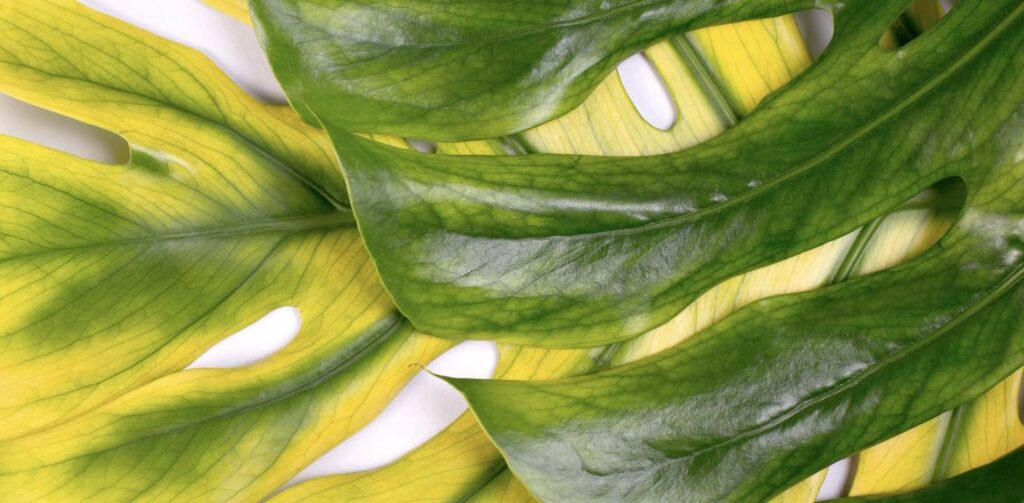

Yellowing leaves and stems can be a sign of overwatering related directly to poor soil, though yellowing leaves can also point to other issues such as lack of light or sulfur.
Check if the soil is still wet after a week. If it is, chances are the soil is too hard and dense; you have the wrong pot, especially one without drainage holes; or the plant is being watered too much.
How do I fix yellowing monstera leaves?
Here are the things you can do to prevent further yellowing of monstera leaves:
- Add some Leca pebbles, clay, or sand to help the soil thoroughly drain out the water.
- You can change to a terracotta pot with drain holes at the bottom for better drainage.
- Reduce your watering and only do so when the top 1 to 2 inches of the soil has dried.
The plant’s leaves have dark brown spots
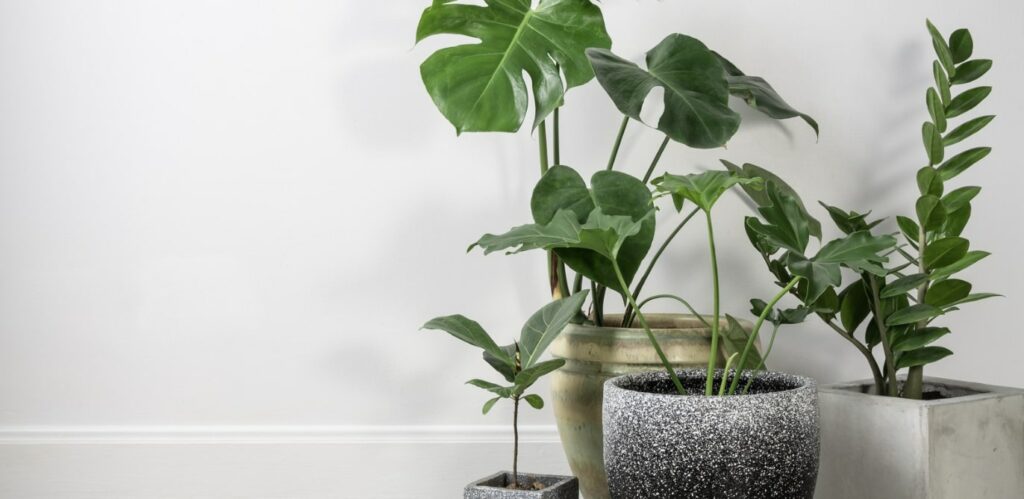

If there are black or dark brown spots on the monstera leaves, then the plant is most likely drowning in water. This is a serious sign that the plant must be treated immediately for it to recover.
How to Get Rid of Dark Brown Leaf Spots
Follow these steps to get rid of dark brown leaf spots:
- First, examine the roots’ condition by slowly removing the plant from its pot. If the roots are indeed brown, smelly, and mushy, snip off the rotted ones and remove the old soil.
- Clean the pot or get a new pot. Place new soil and the plant into the container.
- Water the plant lightly until it recovers.
Best Soil Mix Recipes for Monstera
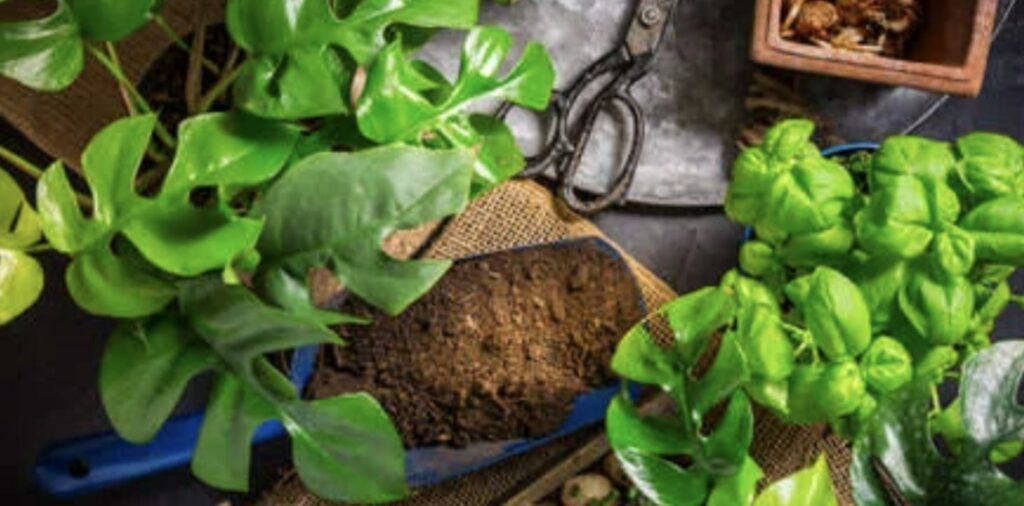

Here are two great soil mixes for monsteras:
- Recipe 1: 1/2 part organic potting soil mixed with perlite, 1/2 part coco fiber, and a few handfuls of coco chips
- Recipe 2: 1/2 part Ocean Forest potting mix, 1/2 part coco fiber, and a few handfuls of coco chips, compost, and a layer of worm compost
Soil Mix Recipe for Monstera 1
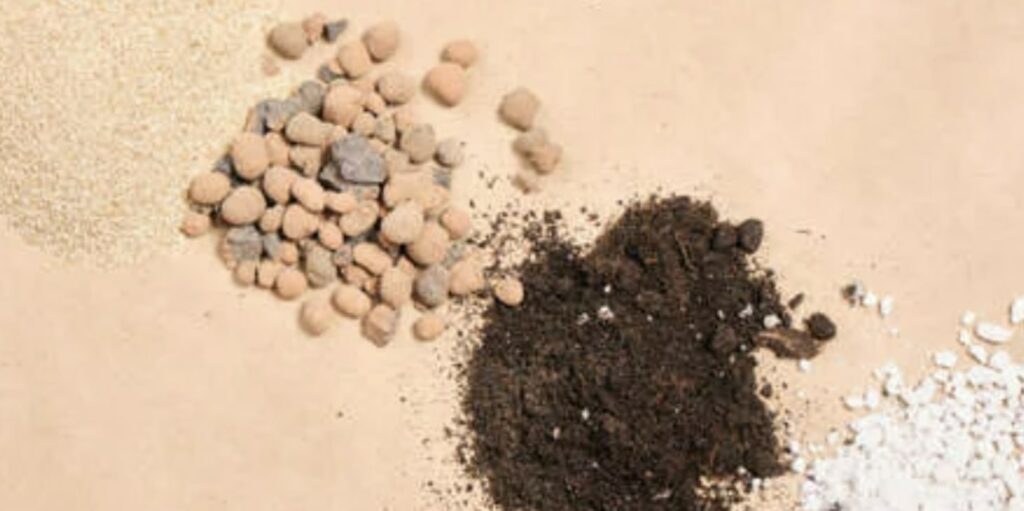

- 1/2 part organic potting soil mixed with perlite
- 1/2 part coco fiber
- A handful of Sphagnum peat moss, coco chips, or orchid bark
- Sand (optional)
- Leca stones (optional)
This soil mix for the monstera plant is airy, nutrient-rich, and well-draining. It mimics the soil in monstera’s rainforest habitat as it effortlessly absorbs and drains moisture.
The organic potting soil or regular soil amended with perlite gives it extra drainage. You can also substitute regular soil for Miracle-Gro potting mix, which can be bought from a local garden center or flower shop.
Sand and Leca stones are added to further boost the plant’s moisture retention and drainage.
Soil Mix Recipe for Monstera 2
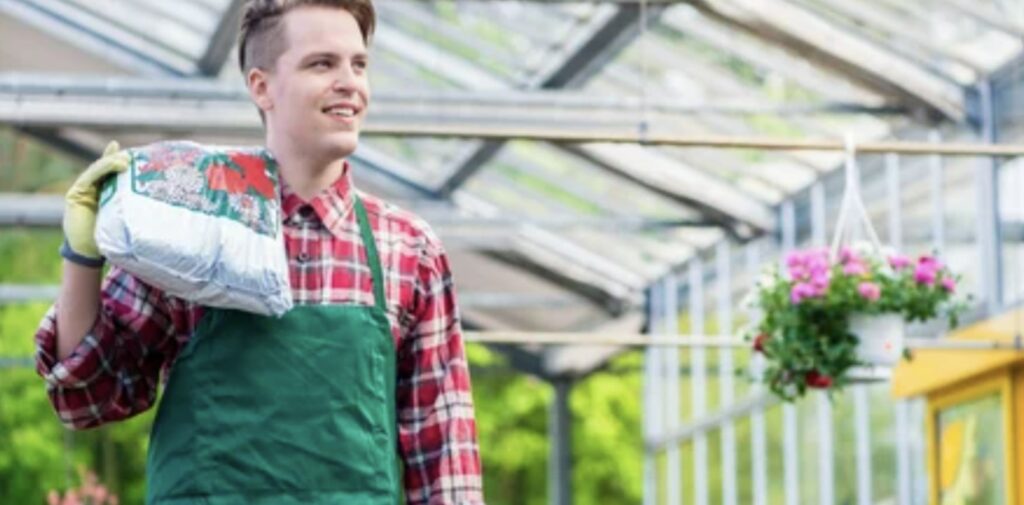

- 1/2 part Ocean Forest potting mix
- 1/2 part coco fiber
- Few handfuls of coco chips
- Few handfuls of compost
- A layer of worm compost
This soil mix is great for both indoor and outdoor monstera plants and has the right pH.
The worm compost in the mix offers a lot of advantages like increasing the soil’s available nutrients and improving the soil’s soil structure and water passage.
If you can’t find Ocean Forest potting soil, you can use Happy Frog soil mix instead.
Can I use cactus or succulent soil for monstera?
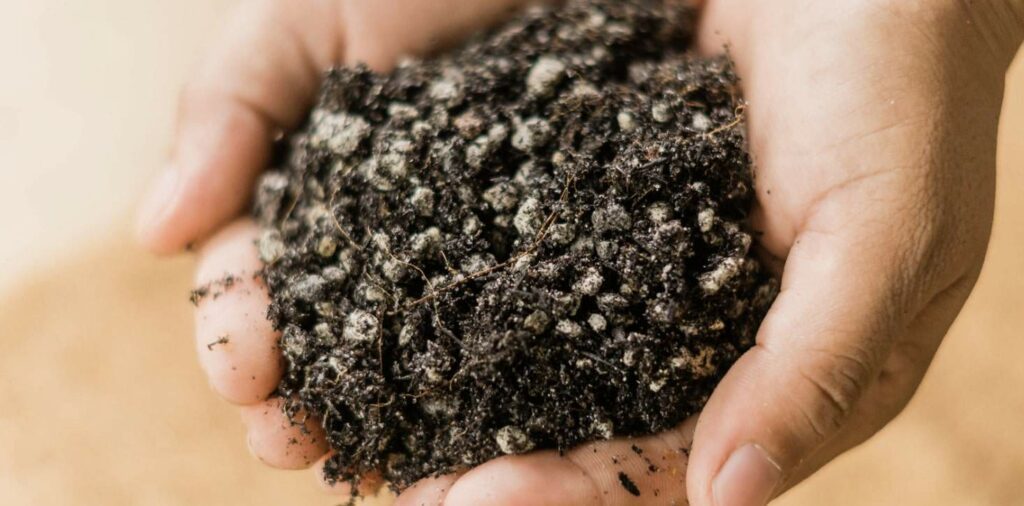

Cactus or succulent soil alone doesn’t suit monsteras, as it dries out rapidly.
However, you can mix amendments to cactus or succulent soil to make it conducive for monsteras.
How do I make a soil mix for monsteras with cactus soil?
- 1 part cactus soil
- 1 part peat moss/coco peat
- 1 part compost
The cactus soil itself cannot retain moisture for long, but it can be supplemented by peat moss or coco peat.
And the compost provides the monstera with the essential nutrients for it to grow beautiful and healthy.
What is the best pot size for monstera plants?
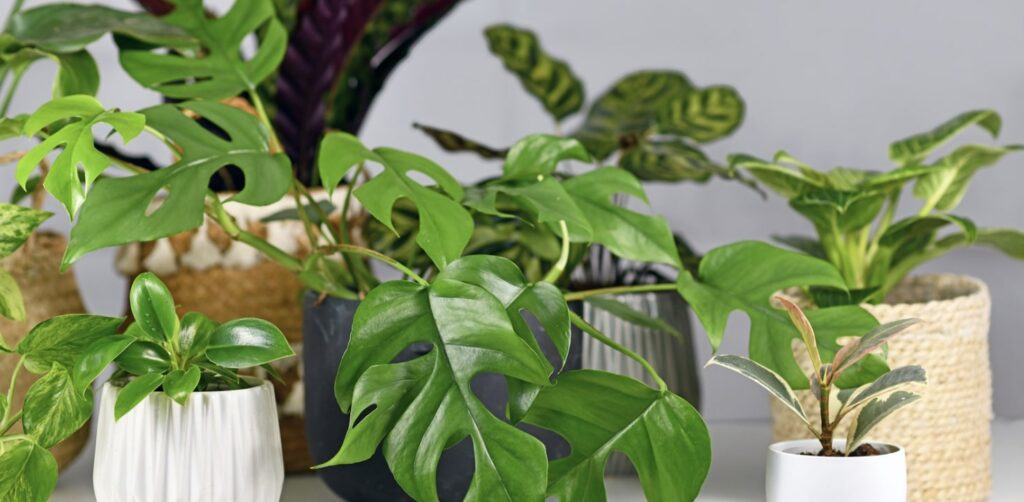

Monstera vines can grow to different heights, and the right pot size for them to grow comfortably can vary between 8 inches and 24 inches.
Also, don’t forget that you may have to change the pot as it grows larger, usually every two to three years. You may also have to repot your monstera if you accidentally overwater it or give it poor soil.
How do I repot my monstera plant?
Here are the steps to repotting your monstera plant:
- Set the monstera at the base of its pot.
- Cover the underground and aerial roots with soil.
- Pat the soil firmly until the plant is secure in it.
- Tie the stems of the monstera to a stake for support.
- Water the plant deeply until the water drains out from the bottom holes.
- Place it in a warm and humid area with bright, indirect sunlight.



